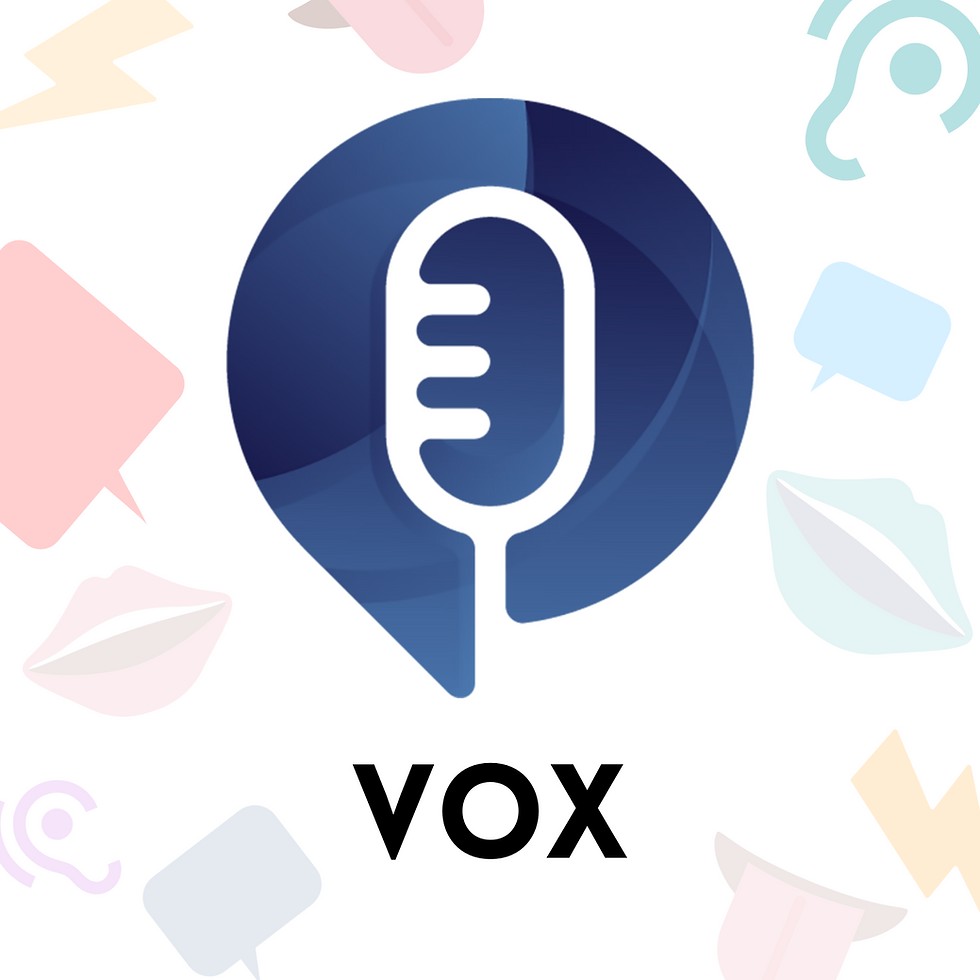International Chair 2019 : Bryan Gick – « Embodying Speech: A Catalytic Seminar Series »
- Labex EFL

- May 4, 2021
- 2 min read

These seminars will take place on March 21 and 28 and on April 3 and 11 from 5:30 to 7:30 pm at the ILPGA, 19 rue des Bernardins 75005 Paris - Salle Brunot.
March 21: The Parts of Speech I: Dimensionality and Modularization
March 28: The Parts of Speech II: Quantality and Speech Movements
April 4: Coarticulation, Superposition, Representation
April 11: Emergence in Embodied Speech: Sound Change, Ontogeny and Phylogeny
All courses will take place from 5:30 pm to 7:30 pm in the Brunot room at ILPGA
Abstract: While any theory of speech behavior must ultimately incorporate the human body, modeling bodies has not been a central program in language research. Thinking about the body in quite tangible terms was once a prominent part of modeling speech motor behavior. Joos’ (1948) model of coarticulation was driven by overlapping waves of innervation in muscle activation patterns, while Cooper et al’s. (1958: 939), “action plans” described speech movements in terms of an inventory of muscle activations: “we may hope to describe speech events in terms of a rather limited number of muscle groups…” Turvey et al. (1978: 566), however, shifted focus away from bodies, observing that coordinative structures are “formally equivalent” to tasks in control space. Subsequent speech models underlying phonetic and phonological theories have continued to focus almost exclusively on abstract control space (e.g., Kelso et al. 1986) and brain regions linked to speech (e.g., Tourville and Guenther 2011, Chartier et al. 2018), with little attention given to the neurophysiology and biomechanics of embodied speech. Our research group has developed a model of embodied phonetics in which action is governed by semi-closed neuromuscular structures (“modules”), and in which these structures emerge and/or change through use. A crucial part of this research program has been the development of the ArtiSynth biomechanical simulation platform (www.artisynth.org; e.g., Fels et al. 2003, Gick et al. 2014). Simulations of oral movementsc using ArtiSynth support this view, showing that the vocal tract offers only a small inventory of reliable, biomechanically robust actions that are harnessed again and again for linguistic and emotional expression, providing the basis for universals. These results are consistent with a theory of embodied phonetics built on an inventory of functionally defined primitives, each of which serves a specific phonetic function in speech (see Gick and Stavness 2013). Importantly, these primitives, being functionally defined, make no reference to traditional, anatomically defined body parts such as “lip” or “tongue tip”. While phonetic and phonological theories generally refer to anatomical structures such as “lips” or features such as [labial] that ostensibly make reference to body parts, such structures have remained physically undefined in theories of language. This lecture series explores the hypothesis that neuromuscular modules underlie all controllable discrete structures our nervous systems can employ. An apt model for speech sounds in a theory of embodied phonetics is not that we learn to control an inventory of sounds, but rather that we learn to build and control an inventory of highly specialized body parts, each of which is constructed, through optimization, to serve a specific phonetic function. The proposed seminar series develops these ideas and their relevance to the ontogeny, phylogeny, phonetics and phonology of speech and related functions, including digestion and respiration.






Comments